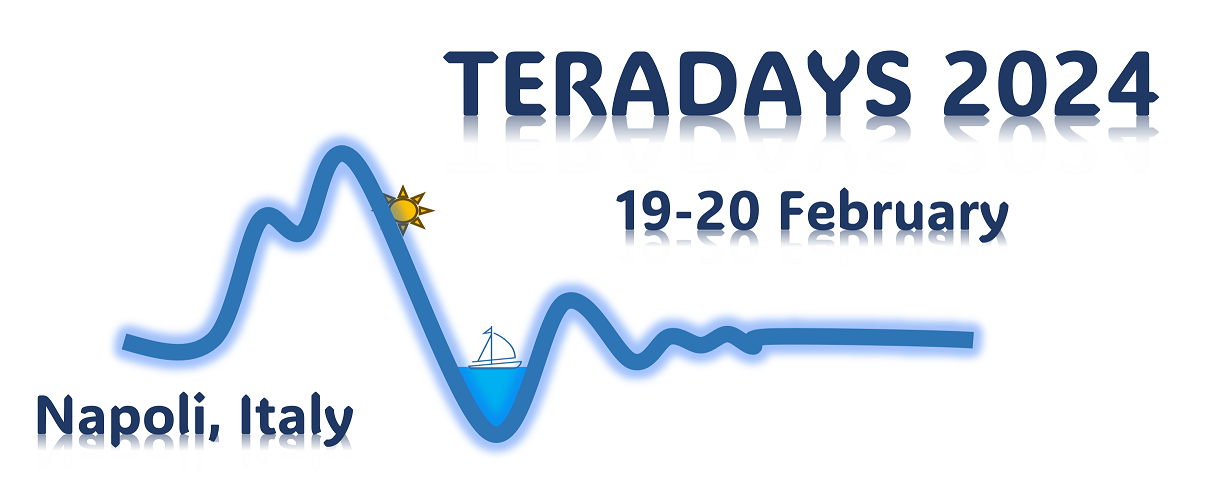Speaker
Description
THz radiation, in the region between 0.1 and 10 THz, has attracted a lot of interest in the last years due to its peculiar interaction properties with matter and the possibility of applying it both in telecommunications and sensing devices [1]. One of the current subjects of active investigation in this field is the enhancement and optimization of the interaction between THz radiation and materials for application in these fields.
In this framework, metasurfaces have been proposed for this purpose [2]. Metasurfaces are materials engineered in such a way as to express peculiar electromagnetic properties in a specific range of frequencies of the electromagnetic spectrum. In particular, it is possible to design metamaterials that can strongly interact with THz pulses to tune their frequency, amplitude, and phase.
We studied an innovative metadevice configuration that mixes the flexible properties of Split-Ring resonator-based metasurfaces with the dynamic tuning capabilities of organic semiconductors to achieve an electrically tunable metadevice [3]. This peculiar approach has been already demonstrated for microwaves [4] but there is yet no direct application in the THz spectral region. In particular, thanks to this device, we were able to obtain modulation depth of the THz amplitude in the order of 65% at a frequency of around 0.7 THz, as shown in Figure 1.
These performances are comparable to other state-of-the-art devices [5] but with the increased benefit of requiring a very low driving electric field, in the order of 1V. This capability comes from the use of so-called Organic Mixed Ion-Electron Conductors (OMIECs), a class of semiconductors whose permeability to charge carriers can be tuned by applying an external electric field, effectively changing the semiconductor conductivity.
Furthermore, we tested the effectiveness of applying different manufacturing methods to produce these metadevices, shifting towards a more scalable and cheaper approach exploiting ink-jet printing for both the metasurface and the organic semiconductor.
This work opens the way to the exploitation of OMIECs-based modulating devices for applications in telecommunications and sensing. Moreover, other fields like electronics or bioelectronics could benefit from the further development of the capabilities and properties of organic semiconductors.

